WORLDWIDE: HEADLINES
GLOBAL ECONOMY Asia’s Factory Activity Slows As Ukraine Crisis, Inflation Bite
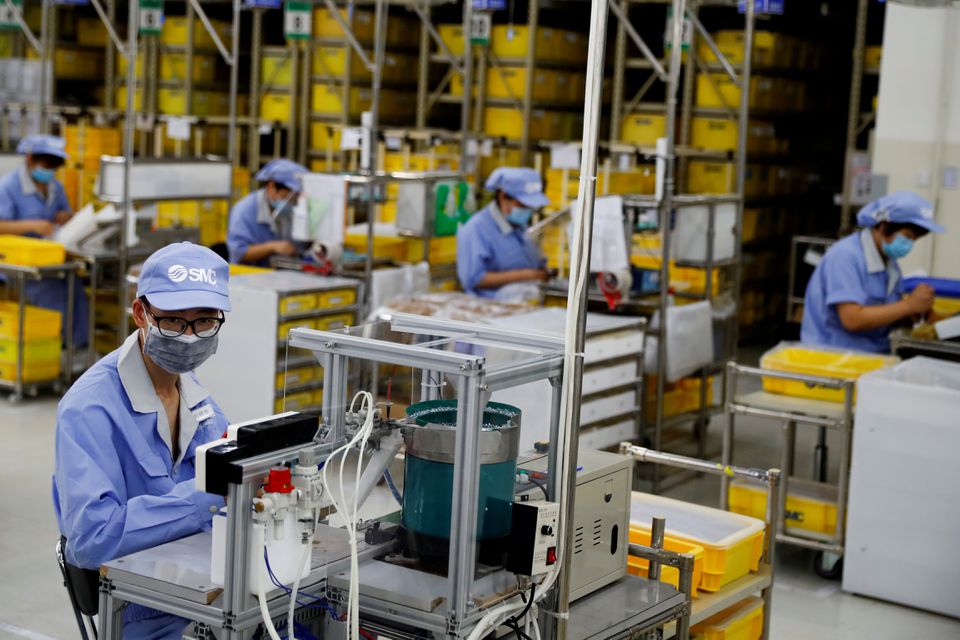
Most Asian factories saw activity slow in March, as slumping Chinese demand and rising raw material costs blamed on the Ukraine crisis added strains to firms already suffering from lingering supply chain disruptions.
While Japan benefited from easing COVID-19 infections, the spike in fuel and grain costs clouded the outlook for many Asian economies that are reliant on energy imports.
China’s factory activity slumped at the fastest pace in two years in March, a private sector purchasing managers’ index (PMI) showed on Friday, as the fallout from the Ukraine crisis and resurgence in domestic coronavirus cases hit external and domestic demand.
The outcome was in line with Thursday’s official data showing activity in Chinese manufacturing and services simultaneously contracted in March for the first time since the height of the country’s COVID-19 outbreak in 2020.
The slowdown in China bodes ill for Asia, which is host to big manufacturers dependent on consumption in the world’s second-largest economy, analysts say.
South Korea’s factory activity slowed in March with new export orders posting the sharpest reduction since July 2020, as companies took a hit from rise in input prices for goods ranging from oil, metals and semiconductors.
Factory activity also slowed in Taiwan and Vietnam, and contracted in Malaysia, as the region felt the pain from rising raw material prices, other PMIs released on Friday showed.
“The main channel for transmission is going to be from commodity prices, so energy, oil, gas, as well as foodstuff,” said Tai Hui, chief Asia market strategist at J.P. Morgan Asset Management.
“What’s going to happen is that the manufacturers, especially some of the more downstream ones, they’re going to face a bit more cost pressure,” he said.
By contrast, Japan saw manufacturing activity grew at a faster pace from the prior month in March, as domestic demand got a lift from the waning impact of the pandemic.
Full coverage: REUTERS
Putin Tells Europe: Pay In Roubles Or We’ll Cut Off Your Gas
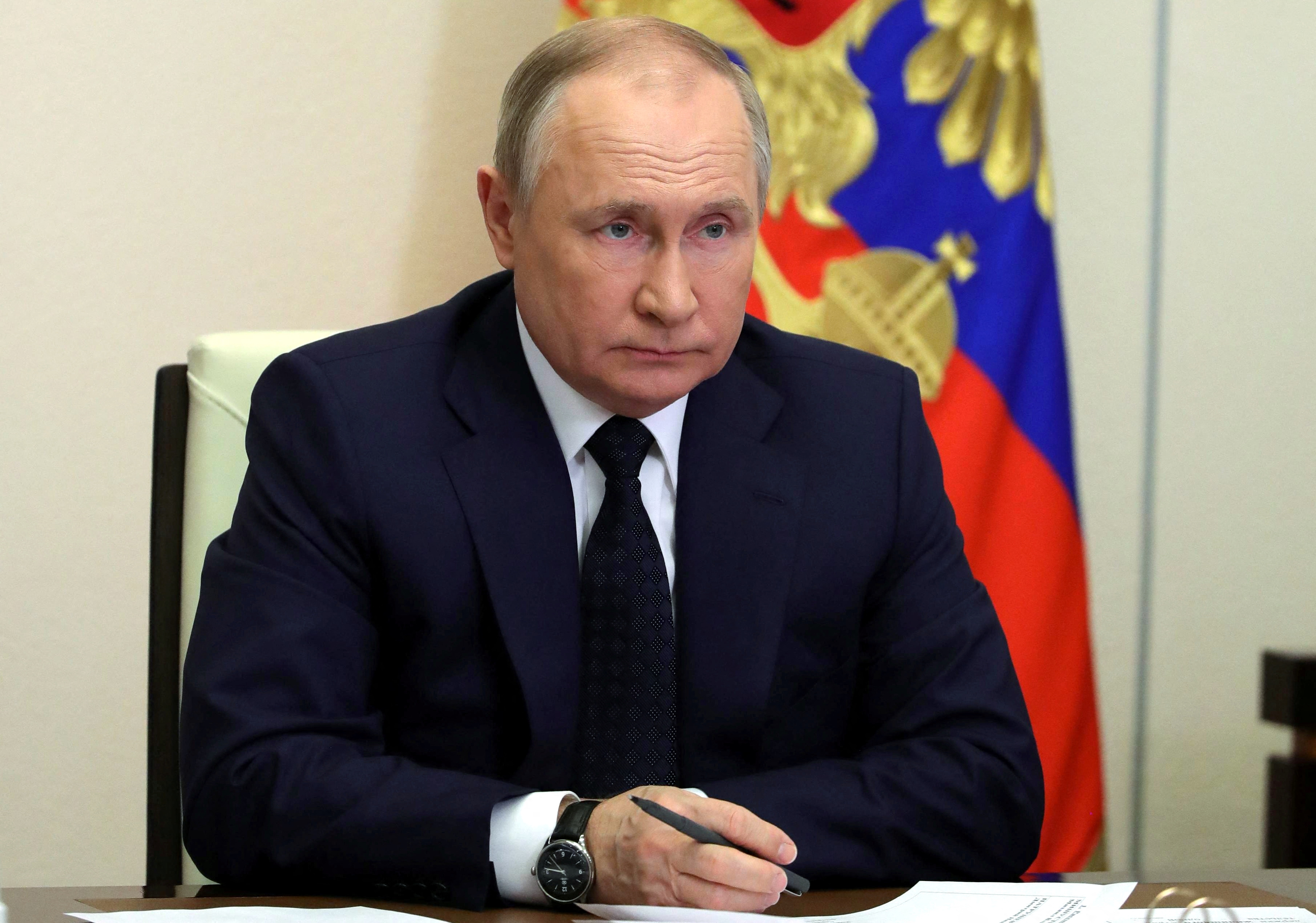
Russian President Vladimir Putin is demanding foreign buyers pay for Russian gas in roubles from Friday or else have their supplies cut, a move European capitals rejected and which Germany said amounted to “blackmail”.
Putin’s decree on Thursday leaves Europe facing the prospect of losing more than a third of its gas supply. Germany, the most heavily reliant on Russia, has already activated an emergency plan that could lead to rationing in Europe’s biggest economy.
Energy exports are Putin’s most powerful lever as he tries to hit back against sweeping Western sanctions imposed on Russian banks, companies, businessmen and associates of the Kremlin in response to Russia’s invasion of Ukraine. Moscow calls its Ukraine action a “special military operation”.
Putin said buyers of Russian gas “must open rouble accounts in Russian banks. It is from these accounts that payments will be made for gas delivered starting from tomorrow,” or April 1.
“If such payments are not made, we will consider this a default on the part of buyers, with all the ensuing consequences. Nobody sells us anything for free, and we are not going to do charity either – that is, existing contracts will be stopped,” he said in televised remarks.
It was not immediately clear whether in practice there might be a way for foreign firms to continue payment without using roubles, which the European Union and G7 have ruled out.
Italy said it was in contact with its European partners to give a firm response to Russia, adding its own gas reserves would allow economic activity to continue even in the event of disruptions.
Meantime, Germany’s energy firms said they were in close talks with Berlin about how to respond to possible supply disruptions and draw up a roadmap on what to do should Russia stop gas exports.
Full coverage: REUTERS
WORLDWIDE: FINANCE/BUSINESS
Asian Shares Slip On Gloomy Outlook As Ukraine, Recession Risks Weigh
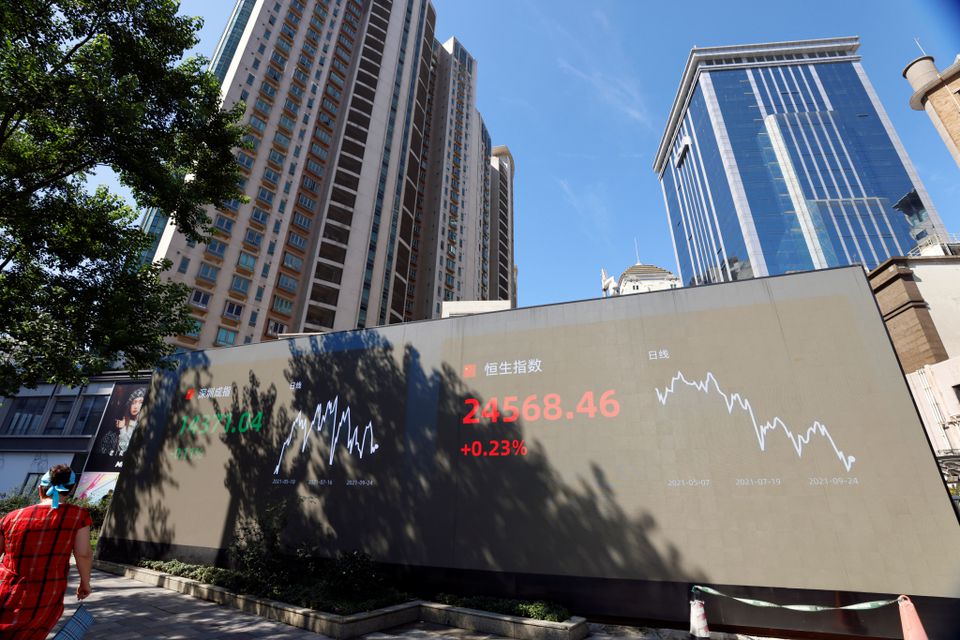
Asian shares fell on Friday following the biggest quarterly drop in global equities in two years, as investors worried about the impact of the Russian-Ukrainian war and rising risks of recession.
On Thursday, Russian President Vladimir Putin struck back at Western sanctions on Moscow, threatening to halt contracts supplying Europe with a third of its gas unless they are paid in roubles. The move prompted Germany, the most reliant on Russian gas, to accuse him of “blackmail” as it activated an emergency plan that could lead to rationing.
Reflecting the gloomy mood as a result of supply disruptions and surging raw material costs, Japanese business confidence hit a nine-month low in the first quarter according to a Bank of Japan survey, with companies indicating they expect conditions to worsen further.
In Tokyo, the Nikkei (.N225) was down 0.75% in morning trade, while MSCI’s broadest index of Asia-Pacific shares outside Japan (.MIAPJ0000PUS) was 0.70% lower.
Hong Kong’s Hang Seng (.HSI) dipped 1.1%, while Seoul’s Kospi (.KS11) lost about 0.6%. Chinese blue-chips turned around from a lower open to rise 0.7%.
MSCI’s global share index (.MIWD00000PUS), and U.S. and European shares all notched their biggest quarterly drops since the outbreak of the COVID-19 pandemic in 2020 in the quarter that ended on March 31. Investors have been worried that surging price pressures could force global central banks into aggressive rate hikes, potentially triggering recessions.
But the quarterly drop in U.S. shares masks a late comeback in the S&P500 index (.SPX), which rallied from a near-13% decline to finish the quarter off about 5%, defying worries over tighter monetary policy and global instability, and in contrast to signals sent by bond markets.
“A seeming end to the Ukraine conflict would in many respects make it easier for the Fed to stick to its hawkish line given the rally in growth stocks, and related decline in credit spreads, means an improvement in financial conditions,” said Christopher Wood, global and Asia equity strategist at Jefferies.
“Political pressure remains, for now at least, on the Fed to tighten.”
Investors will be watching U.S. March jobs data later on Friday for indications of wage inflation, in addition to the headline jobs figure.
Full coverage: REUTERS
Dollar Edges Higher Ahead Of Payrolls, Resumes Climb Versus Yen
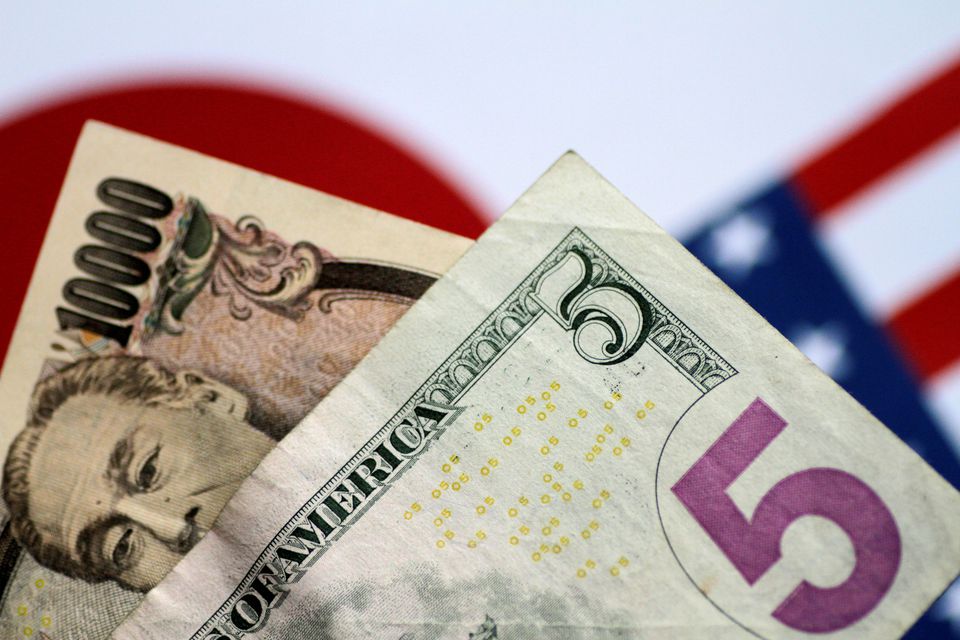
The dollar extended a rebound versus major peers on Friday, also resuming its rally against the yen, ahead of a key U.S. jobs report that could cement the potential for a 50 basis-point Federal Reserve interest rate hike next month.
The U.S. currency also garnered support due to its status as a preeminent safe haven, with peace talks between Russia and Ukraine stumbling, though they are set to resume later on Friday.
The dollar index , which gauges the greenback against six counterparts including the euro and yen, rose 0.10% to 98.420, building on Thursday’s 0.50% climb.
Mid-week, it sank to a four-week trough of 97.681 amid a month-long consolidation that followed a breathless climb to a more than nine-month high at 99.415.
The Federal Open Market Committee (FOMC) will next decide policy on May 5, with CME Group’s FedWatch tool showing 71% odds of a half-point rate increase.
Economists predict Friday’s Labor Department report will show that close to half a million U.S. jobs were added last month, with the unemployment rate ticking lower while wage growth accelerated.
The dollar index “has underwhelmed lately but showed some backbone overnight (and) upside potential remains in scope amid ongoing waves of fiercely hawkish Fedspeak and an aggressive frontloaded profile that includes almost 100 bps in hikes over the FOMC’s next two meetings,” Westpac strategists wrote in a client note.
They predicted a break above 100 for the dollar index “in coming weeks”.
The second of the two FOMC meetings will be held on June 14-15.
The dollar rose 0.41% to 122.18 yen, its first gain in four days as the currency pair tracked moves in long-term U.S. Treasury yields. It is little changed this week, after a three-week 6.5% surge.
“The case for USD/JPY going much higher is still compelling as the Fed’s rate hikes will revolutionise the hedging arithmetic for JPY-based investors and sensitivity to hedging costs is rising,” RBC Capital Markets strategists wrote in a note.
“Little of this flow is likely to have happened yet and the rally in March has been driven largely by investors outside Japan anticipating domestic JPY selling,” they wrote. “If positioning cleans up, we will revert to buying dips in USD/JPY.”
The euro trod water at $1.10690, following its sharp retreat the previous session from a one-month high of $1.11850 as Ukraine optimism faded. Even so, it is on course for a 0.82% weekly advance.
Full coverage: REUTERS
Oil Seesaws Ahead Of Consumer Nations’ Meeting On Stocks Release
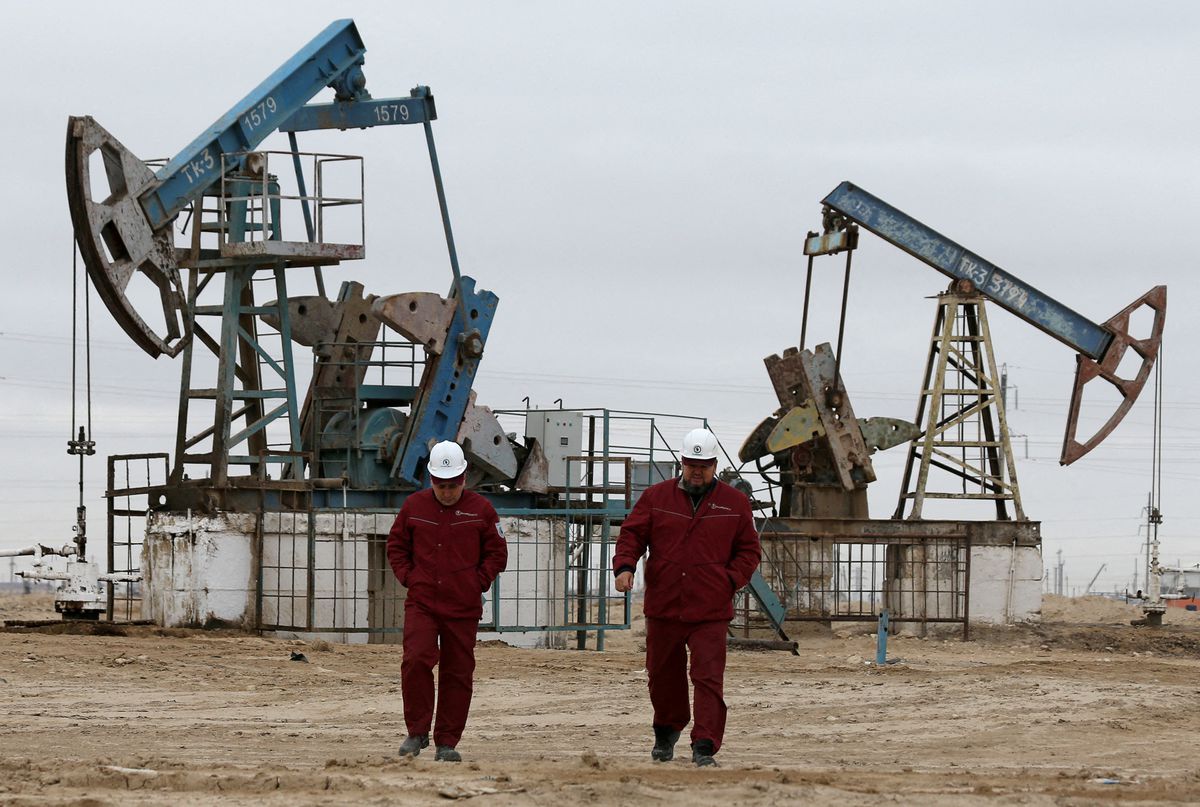
Oil prices seesawed on Friday ahead of a meeting of consuming nations to discuss a new release of emergency oil reserves alongside a huge planned release by the United States.
U.S. West Texas Intermediate (WTI) crude futures dipped 6 cents to $100.22 a barrel at 0057 GMT after trading as high as $101.75. The contract slumped 7% on Thursday.
Brent crude futures rose 5 cents to $104.76 a barrel, after dropping 5.6% on Thursday. The May contract expired on Thursday at $107.91.
The planned U.S. release caused Thursday’s falls. On Friday the two benchmark contracts were each headed for a weekly loss of around 13%, their biggest in two years.
International Energy Agency (IEA) member countries are set to meet at 1200 GMT on Friday to discuss a further emergency oil release that would follow their March 1 agreement to release around 60 million barrels.
U.S. President Joe Biden on Thursday announced a release of 1 million barrels per day for six months starting in May. That will be the largest release ever from the U.S. Strategic Petroleum Reserve (SPR).
The aim is to make up for disrupted oil supplies from Russia, hit by sanctions following its invasion of Ukraine. Moscow calls its activity in Ukraine a “special operation” to disarm its western neighbour.
Traders are waiting to see how much oil the IEA countries agree to release but do not expect it to have much long-term effect on the market.
“Previous releases from the SPR have taken time to reach the market and have had little impact on prices,” ANZ Research analysts said in a note.
While Biden called for U.S. producers to step up output, ANZ analysts said the massive SPR release could actually backfire and discourage producers from drilling more.
“The scale of the proposed release is large enough to mostly, or even completely, fill the supply deficit in the crude oil market for a period,” Commonwealth Bank commodities analyst Tobin Gorey said.
“The action would likely cap prices for that period, after which the market would then be relying on OPEC+ to increase production,” he said.
Full coverage: REUTERS


 Home
Home